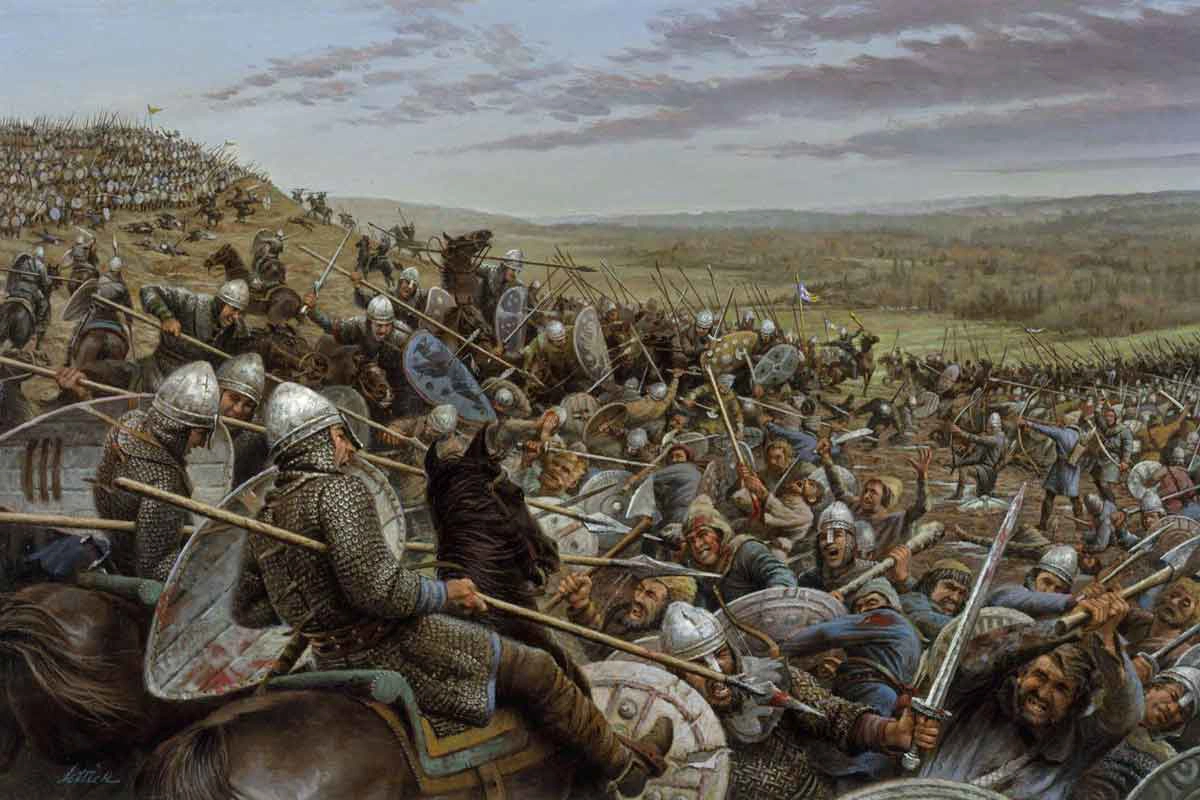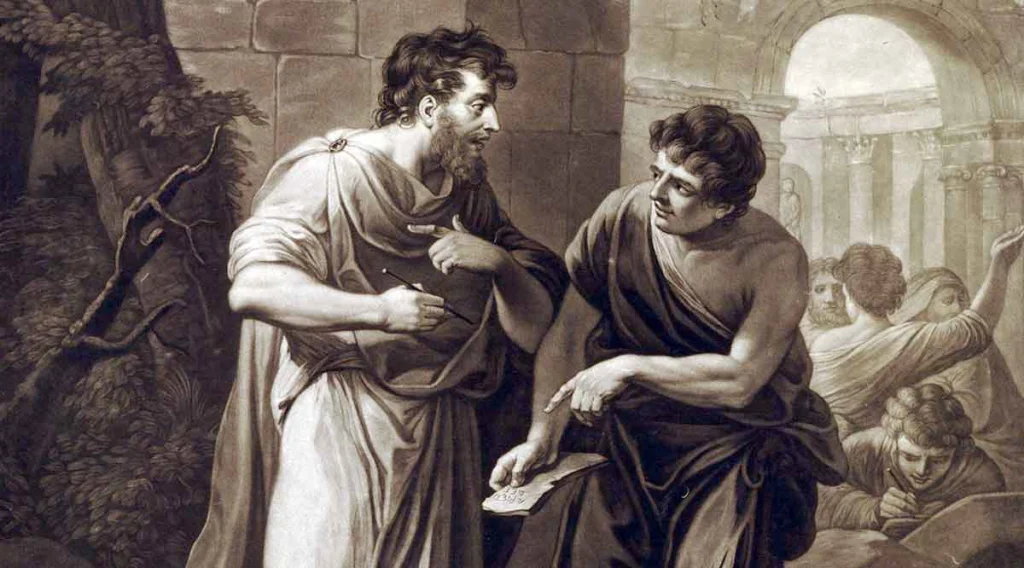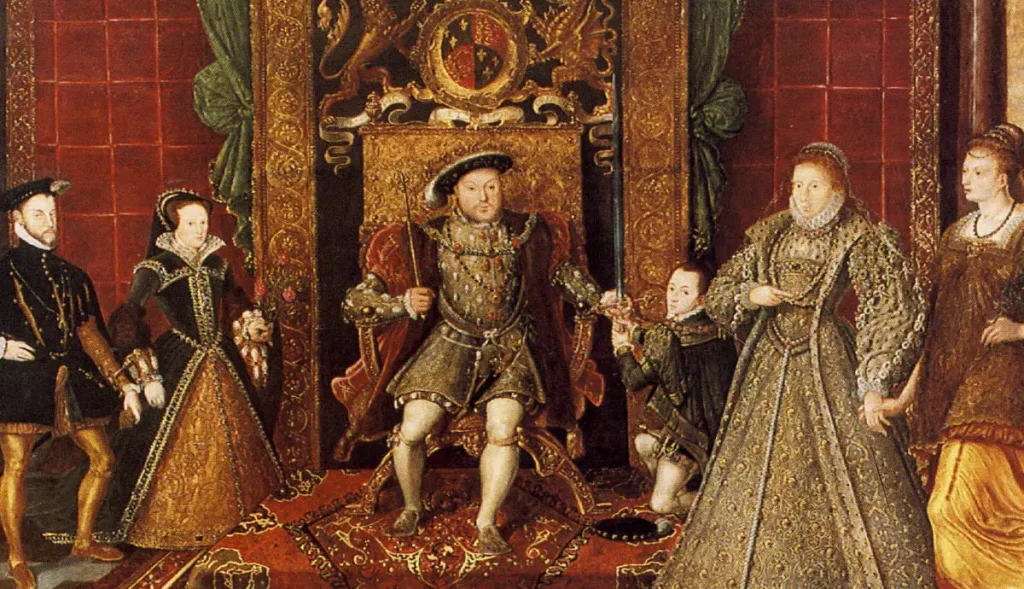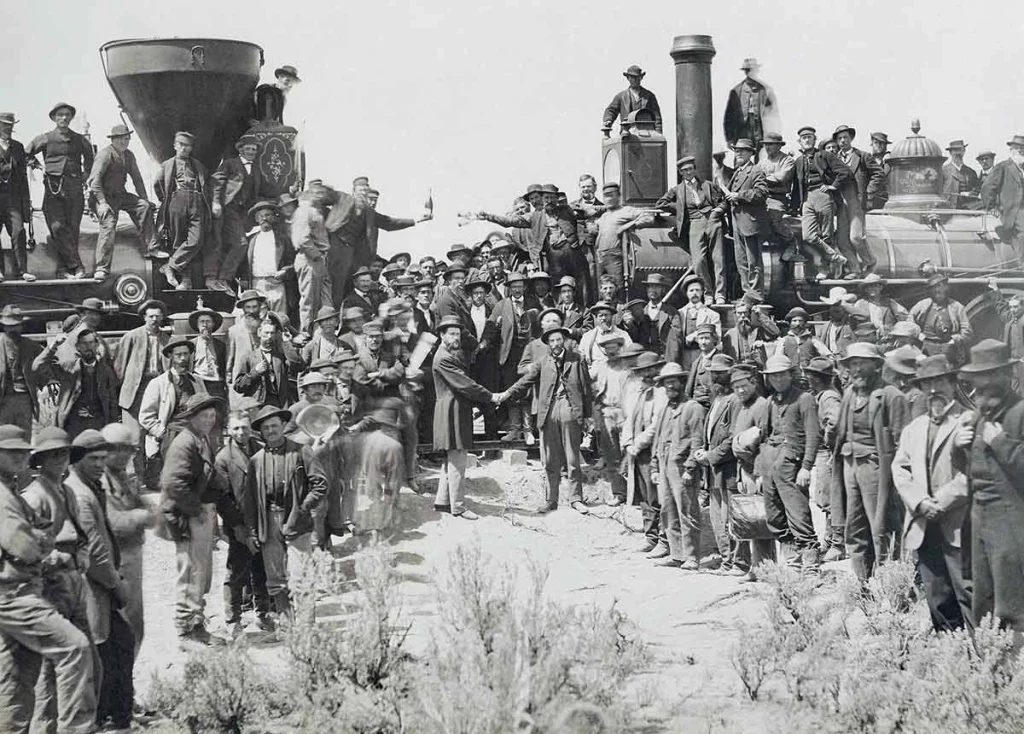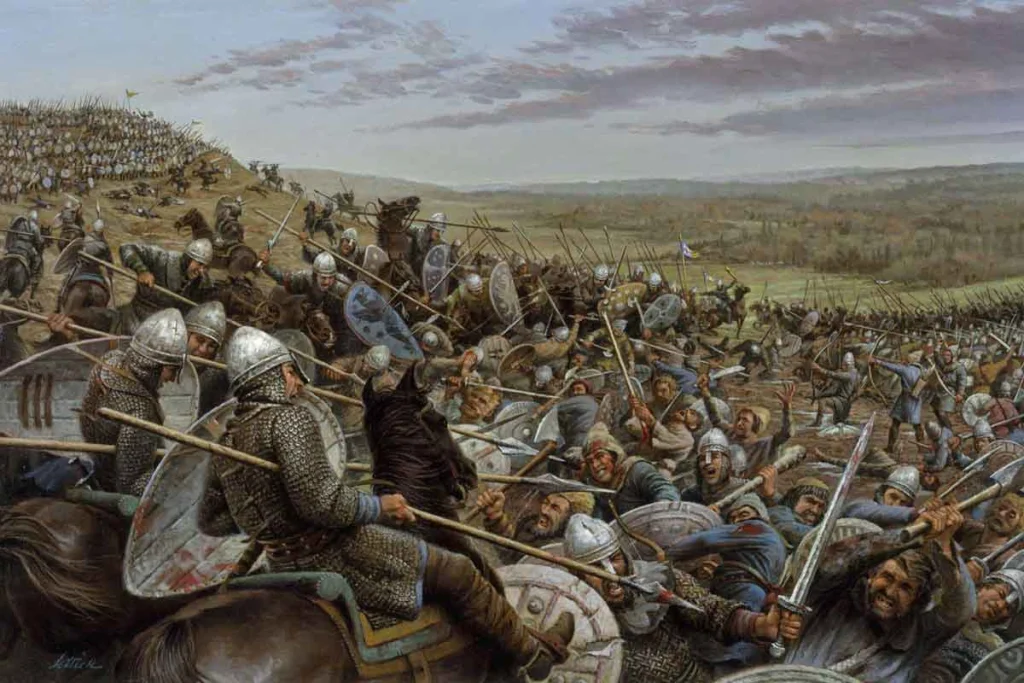England entered 1066 with a crown no one could securely wear. King Edward the Confessor died on January 5 with no direct heir, and in the rush to avoid chaos, the powerful earl Harold Godwinson was crowned King Harold II the very next day. To many English nobles this looked like prudence; to rivals across the sea it looked like theft. Within months, three leaders—Harold of England, William, duke of Normandy, and Harald Hardrada of Norway—would gamble everything for a single throne. The wager would be settled on a Sussex hillside—and England would never be the same again.

Why the Crisis Exploded
Edward’s death lit the fuse. Harold’s swift coronation was meant to prevent a succession crisis, but it ignited one instead. William claimed that Edward had named him heir years earlier and that Harold had personally sworn to support that claim after being rescued from captivity in Normandy. Whether that oath was freely given or forced is still debated; what mattered in 1066 was that William took it as binding.
Complicating the picture, Norway’s formidable king, Harald Hardrada, also pressed a claim rooted in earlier Scandinavian overlordship of England. In a single winter, England found itself at the center of a three-way struggle—an invitation to invasion on two fronts.
More Stories
Rival Claims, Rising Armies
William’s case mixed law, ceremony, and raw ambition. He argued that Edward’s designation—allegedly made in 1051—stood above any hurried election by English nobles, and he painted Harold as an oath-breaker. Across the North Sea, Hardrada framed his claim as the rightful continuation of Cnut the Great’s North Sea empire. Words quickly became war plans. Ships were built, allies courted, and warriors paid. Everyone understood: only victory could confer legitimacy.

The Road to Hastings
The first blow fell from the north. In September, Hardrada sailed into Yorkshire with a veteran army. Harold raced north, covering punishing miles with his household troops and newly gathered levies. On September 25, at Stamford Bridge, the English smashed the Norwegian host and killed Hardrada. It was a stunning win—but also a brutal drain. Harold’s men were bloodied and exhausted when word arrived that William had landed on England’s south coast near Pevensey on September 28.
The king pivoted again. He force-marched his weary army south toward London, scooped up fresh levies along the way, and pushed on to the high ground near Hastings. He arrived on October 13, staking his defense on the ridge at Senlac Hill. The next morning, the Normans advanced.

How the Battle Unfolded
At dawn on October 14, Harold’s shield wall stood dense and steady along the crest—huscarls with great axes anchoring the line, fyrdmen packed behind their shields. William arrayed a mixed force: archers in front, infantry behind them, and cavalry in disciplined ranks. The opening Norman arrow volleys thudded into shields; the uphill infantry assault struggled to bite. For hours, the English line held.
Then came the moments that changed history. Norman cavalry executed feigned retreats—pulling back in apparent panic, luring pockets of English troops off the ridge in pursuit, and then wheeling to cut them down on the open slope. Each time some of Harold’s men broke formation, the shield wall thinned. William pressed the archers again, reportedly switching to higher, arcing shots. Whether by arrow or blade, Harold fell in the afternoon—sources disagree on the details, but all agree on the outcome. With their king dead and the line fraying, the English resistance collapsed. The hillside became a rout.

Why William Won
Three factors decided Hastings. First, flexibility: William combined archers, infantry, and heavy cavalry in coordinated waves, adapting tactics as the day wore on. Second, discipline: his mounted knights could feint without disintegrating, then regroup and strike with shock power. Third, attrition: Harold’s army had marched the length of England in a fortnight and fought a major battle in between. Courage they had in abundance; fresh legs and reserves they did not.
By dusk, Harold and many of his best warriors lay dead. English losses were catastrophic; Norman casualties were heavy but sustainable. William didn’t sprint to the throne—he fought his way steadily toward it, skirmishing through the southeast and encircling London. On Christmas Day 1066, in Westminster Abbey, the duke of Normandy became William I of England—remembered ever after as William the Conqueror.

The World After Hastings
Hastings did not just replace a king; it rewired a realm.
- Power and land: William stripped vast estates from Anglo-Saxon elites and granted them to Norman followers. The Domesday Book, compiled two decades later, would record a landscape transformed—military service owed by tenants-in-chief, obligations tracked like accounts.
- Castles and control: Motte-and-bailey strongholds sprang up like iron thorns—Warwick, Nottingham, York—projecting authority and anchoring garrisons. Stone keeps and Romanesque churches followed, seeding a new architectural language across the countryside.
- Law and language: Norman rule layered continental feudal practices onto existing customs, reshaping courts, tenures, and obligations. French became the speech of court and chancery. Over time, French and Old English braided together, enriching vocabulary and altering tone until Middle English emerged. The very words of English power—crown, court, jury, evidence—carry Norman fingerprints.
- Church and reform: William installed Norman bishops and abbots, aligned dioceses more closely with Rome, and sponsored monastic reform. Ecclesiastical courts expanded; stone abbeys rose; learning traveled with the clergy.
- A new political orbit: England turned its face toward the Channel. Dynastic ties bound it to Normandy and, later, to wider holdings in France. For centuries, English kings would be as much continental princes as island monarchs, with ambitions and entanglements to match.

Why It Still Matters
Hastings is remembered because it marks a before and an after. Before: an Anglo-Saxon aristocracy, a language rooted in Old English, a patchwork of customary law. After: a Norman ruling class, a fused tongue that would become modern English, and a monarchy hardwired for centralized authority. The battle settled one succession and set in motion centuries of change—from castle shadows to courtroom Latin, from parish stone to the pages of Chaucer.
Had Harold survived that October afternoon, England might have evolved along a different arc—still changing under pressure from Scandinavia and the Continent, but without the sudden shock of conquest. Instead, a single day on a Sussex ridge became the hinge of English history. The shield wall broke; a new order entered; and the island’s story, in law and language and power, turned for good.

